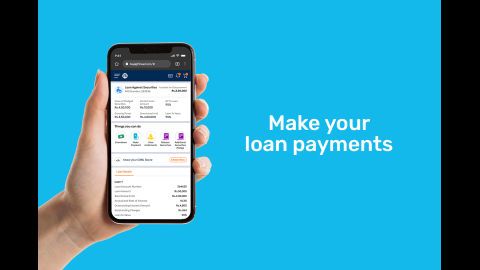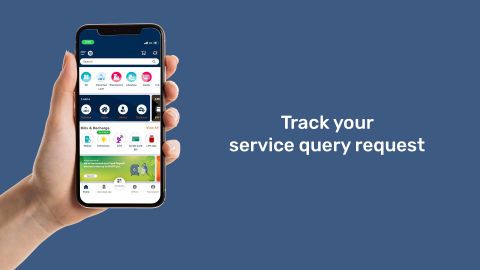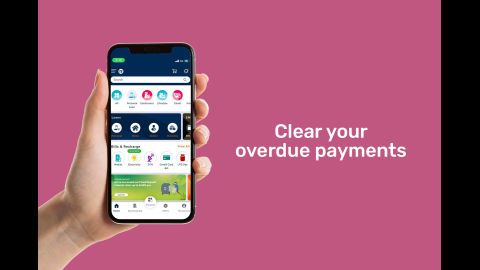ACH mandate stands for automated clearing house (ACH) mandates. It plays a pivotal role in simplifying electronic payments. It’s a system for establishing recurring automatic payments from your account to billing companies.
In India, this digital fund transfer system is administered by NACH (National Automated Clearing House). Essentially, the ACH process mandates a credit or debit from the sender's account and a corresponding debit or credit on the recipient's account.
For example, if you’ve borrowed a loan, you can use the ACH mandate to make regular payments to repay your loan. With the help of this system, the EMI amount from your account gets deducted to the loan provider every month on a pre-set date.
Benefits of ACH mandate
The ACH mandate offers an array of benefits making it a go-to option for customers and businesses. Here are four benefits of the ACH mandate.
Convenience: ACH mandate makes payments convenient. Once you provide authorisation for the transaction, you don’t need to make any payments online. The payment process will be automatic, and the amount will be deducted from your bank account on the pre-set date. You can choose to authorise recurring payments such as monthly utility bills, loan payments, or one-time payments.
Secured: It’s a secured mode of payment. You can be assured that your personal and financial details are protected during the transaction process.
Avoid penalties: With the help of the ACH mandate, you can avoid late payment fees and penalties. Since it’s an automated method of payment, it gets processed on the due date without any delays. It reduces the risk of missed payments, and the penalties that may come with it.
Eco-friendly method: Since it’s a digital mode of payment and therefore, it helps reduce paper consumption and waste.
Types of ACH Mandate?
ACH mandates come in two main types: one-time and recurring. A one-time mandate authorises a single payment or transaction, ideal for single purchases or bill payments. Recurring mandates, on the other hand, allow for scheduled, repetitive payments, such as monthly utility bills or loan instalments. These can be further classified as fixed (same amount each time) or variable (amounts may change). Both types require the customer’s consent and bank details, ensuring secure and authorised transactions.
How does ACH Mandate work?
An ACH mandate works by authorising a financial institution to debit or credit a customer’s bank account automatically. The process starts when the customer signs a mandate form, giving consent for specified transactions. The institution submits this mandate to the customer’s bank through the Automated Clearing House (ACH) network. Once approved, the bank processes the transactions as per the schedule, ensuring timely payments. This system is secure and efficient, reducing the need for manual interventions and providing convenience for both customers and businesses.
Also read: What is e-mandate?
What is the difference between ECS and ACH?
ECS (Electronic Clearing Service) and ACH (Automated Clearing House) are both electronic payment systems, but they differ in scope and technology. ECS is an older system used primarily in India for bulk transactions, like salary payments and dividends, and requires a manual setup. ACH, however, is a more advanced and automated system used globally, facilitating quicker and more secure transactions, including direct deposits and bill payments. ACH supports both credit and debit transactions, while ECS mainly handles credits. ACH also offers better error handling and transaction tracking compared to ECS.
In conclusion, the ACH mandate is a secure and convenient way of transferring money making it a go-to option for individuals and businesses.




